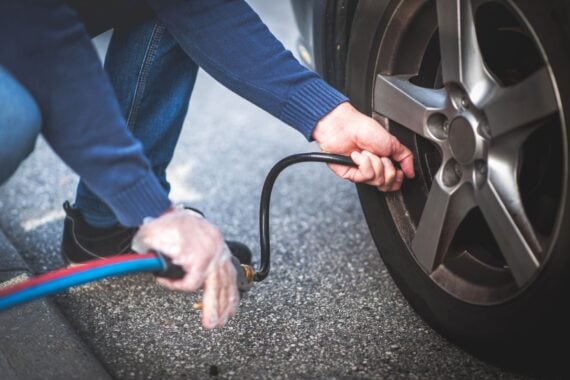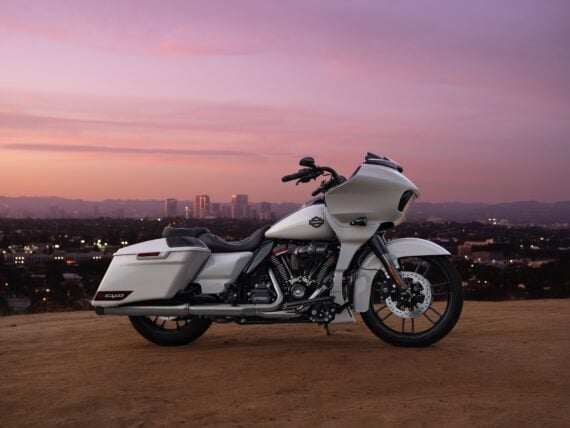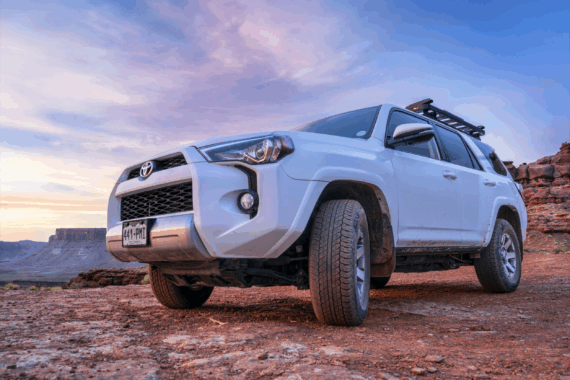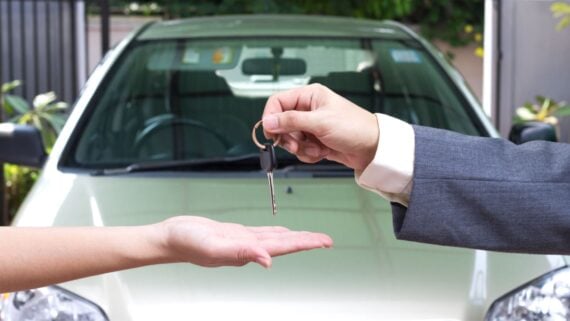Related: 18 Car Expenses That Are Really Worth the Money
Keep It Covered …
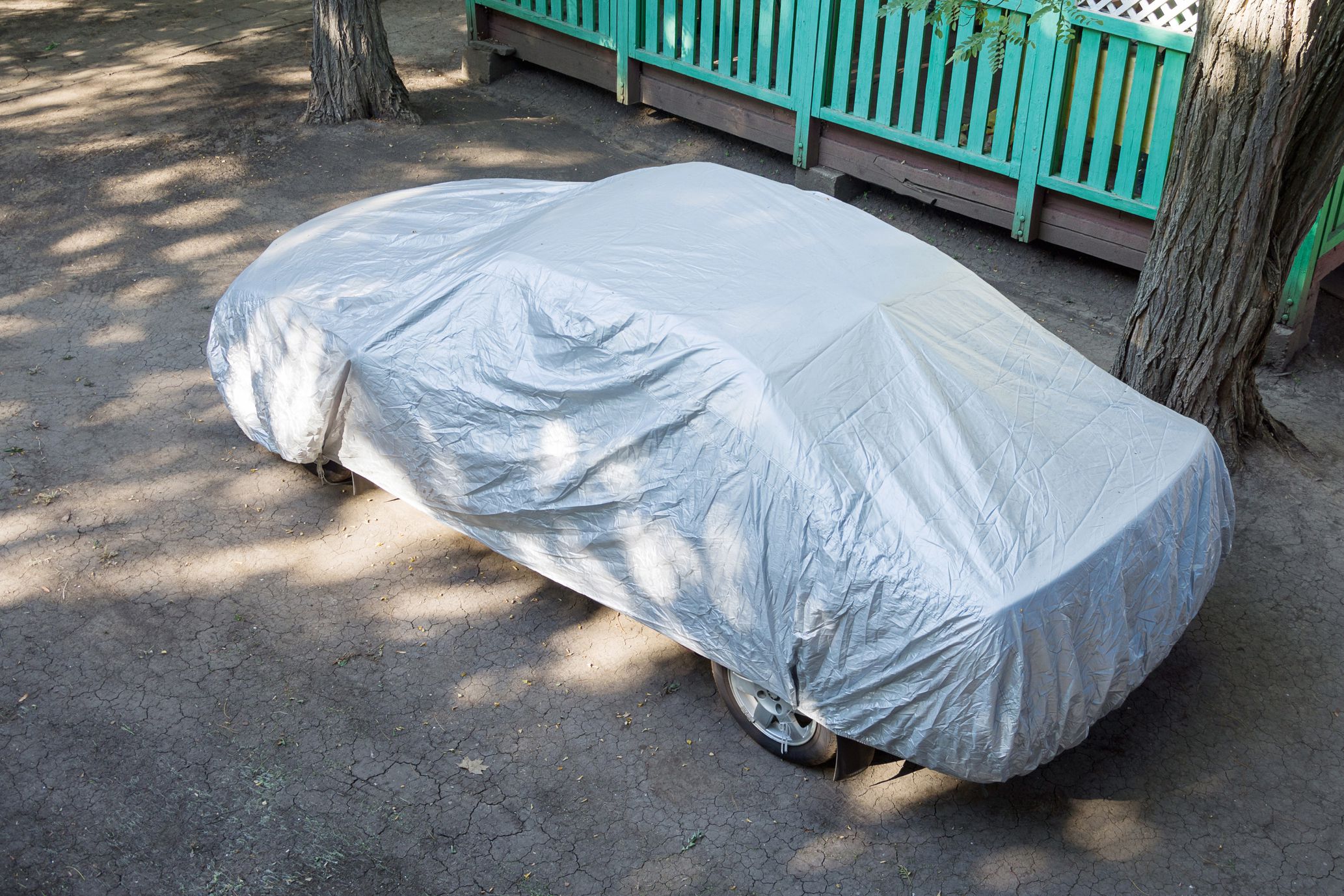
The best thing you can do for a car that’s sitting unused is to store it in a closed and protected garage or under a carport. If that’s not an option, an inexpensive car cover is a perfectly acceptable alternative that will go a long way toward protecting it from damaging debris and the elements. The OxGord Executive Storm-Proof Car Cover is highly rated (and $70 from Amazon).
… and Keep It Covered
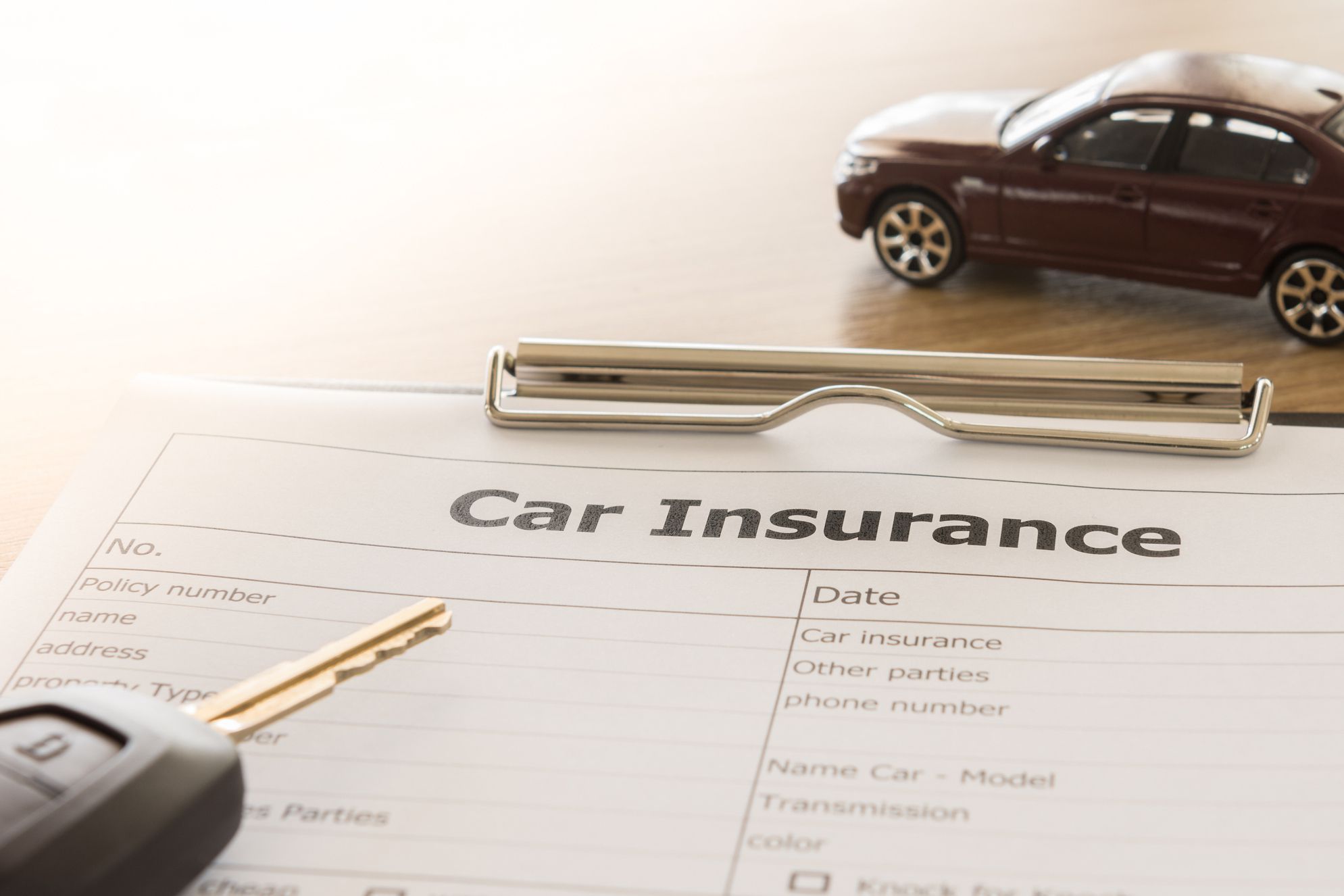
Related: 10 Things You May Not Realize Car Insurance Covers
Drive It, or at Least Start It, Once in a While

Whenever you can, start the engine and let it run for a few minutes or, if possible, it’s even better to drive around the block a few times. This will keep your battery charged — if it sits cold too long it will eventually die — and circulate oil to lubricate all the critical systems.
Fill ‘Er Up

It might feel counterintuitive to top off a car you don’t plan to drive, but a full tank of gas can prevent destructive moisture from building up in your tank. It will also keep the gaskets and seals from getting dry and brittle.
Consider a Fuel Stabilizer
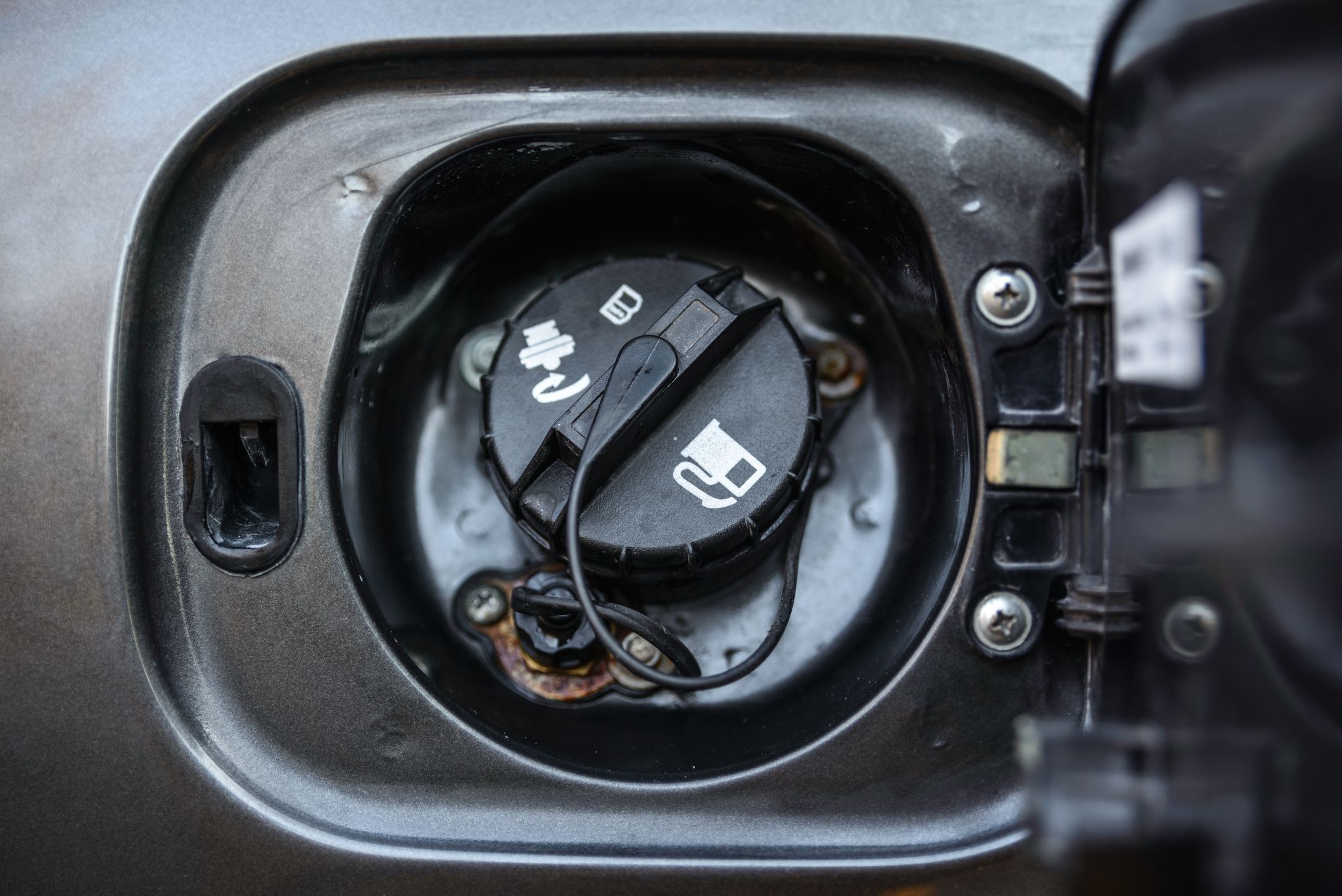
Related: Cheapest Auto Parts Store: AutoZone vs. Advance Auto vs. O’Reilly vs. Napa
Trending on Cheapism
Keep It Clean
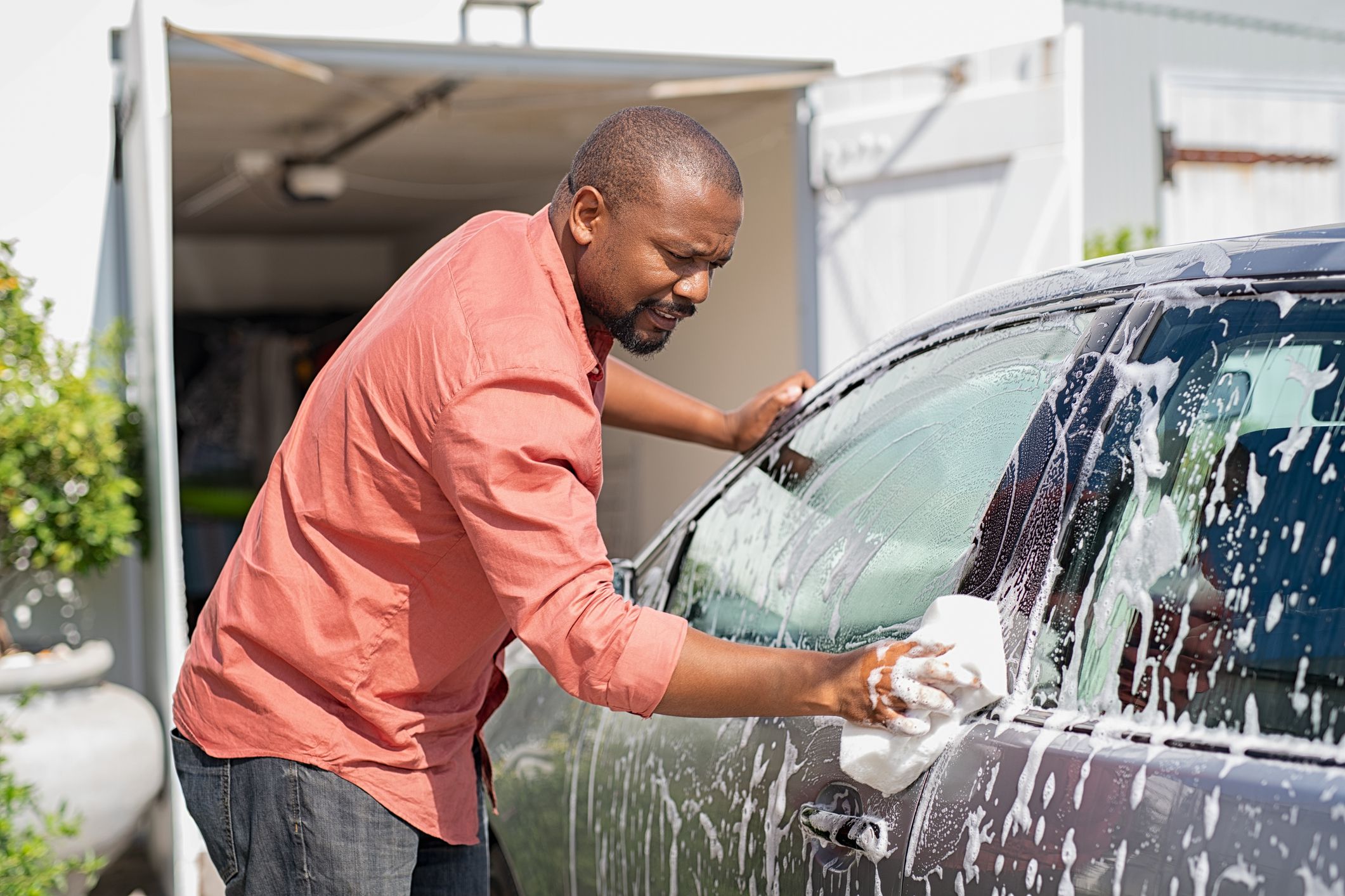
If you let your idle car get caked with dirt, grime, bird droppings, and everything else the world throws at it, it can degrade the paint and expose the vulnerable metal underneath. If you’re about to store the car — even in a garage — get it cleaned first. If you’re leaving it outside, wash it periodically.
Change the Oil
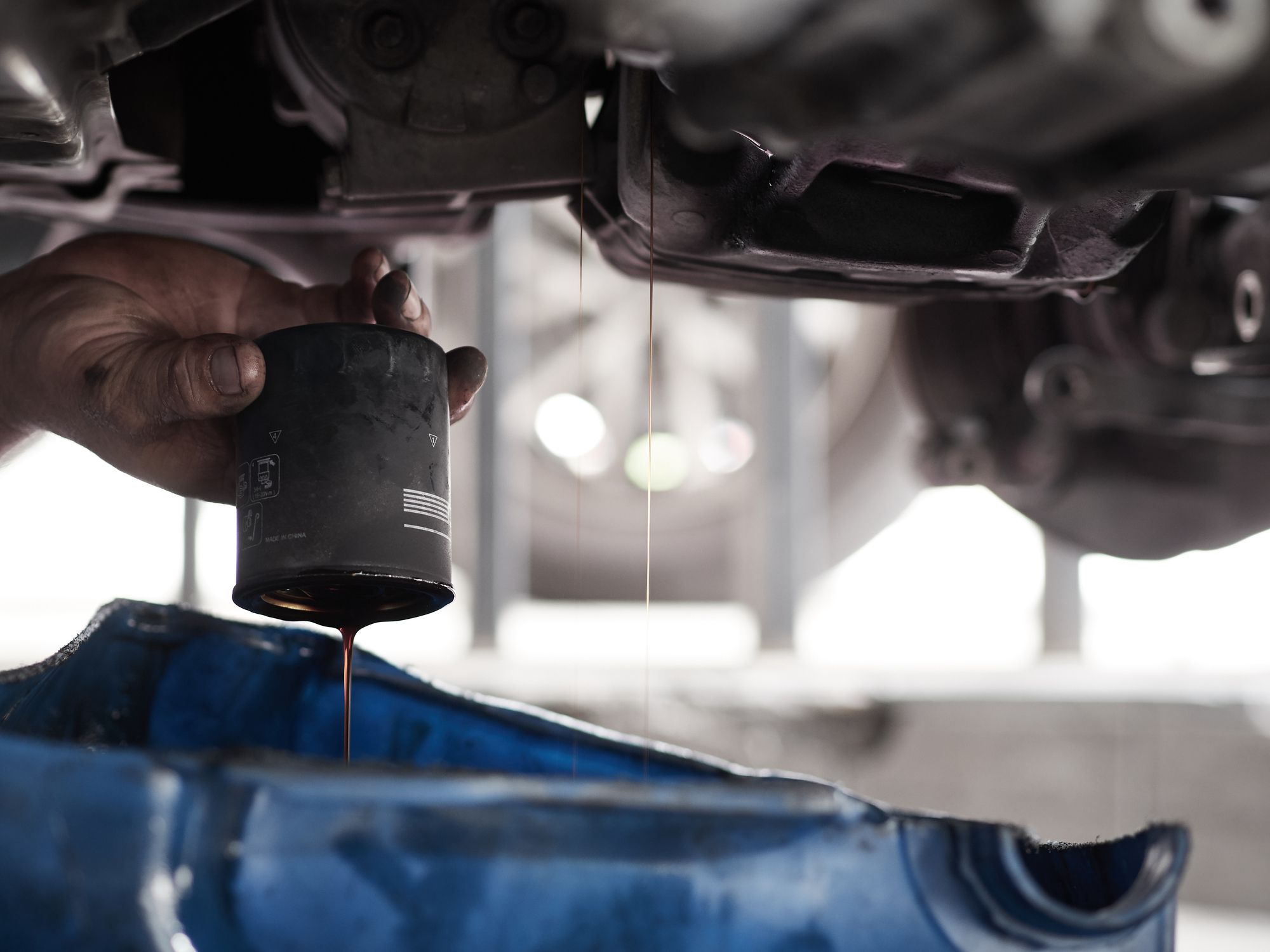
Related: This Spring Car Care Checklist Could Save You Hundreds
Keep Out Unwelcome Guests
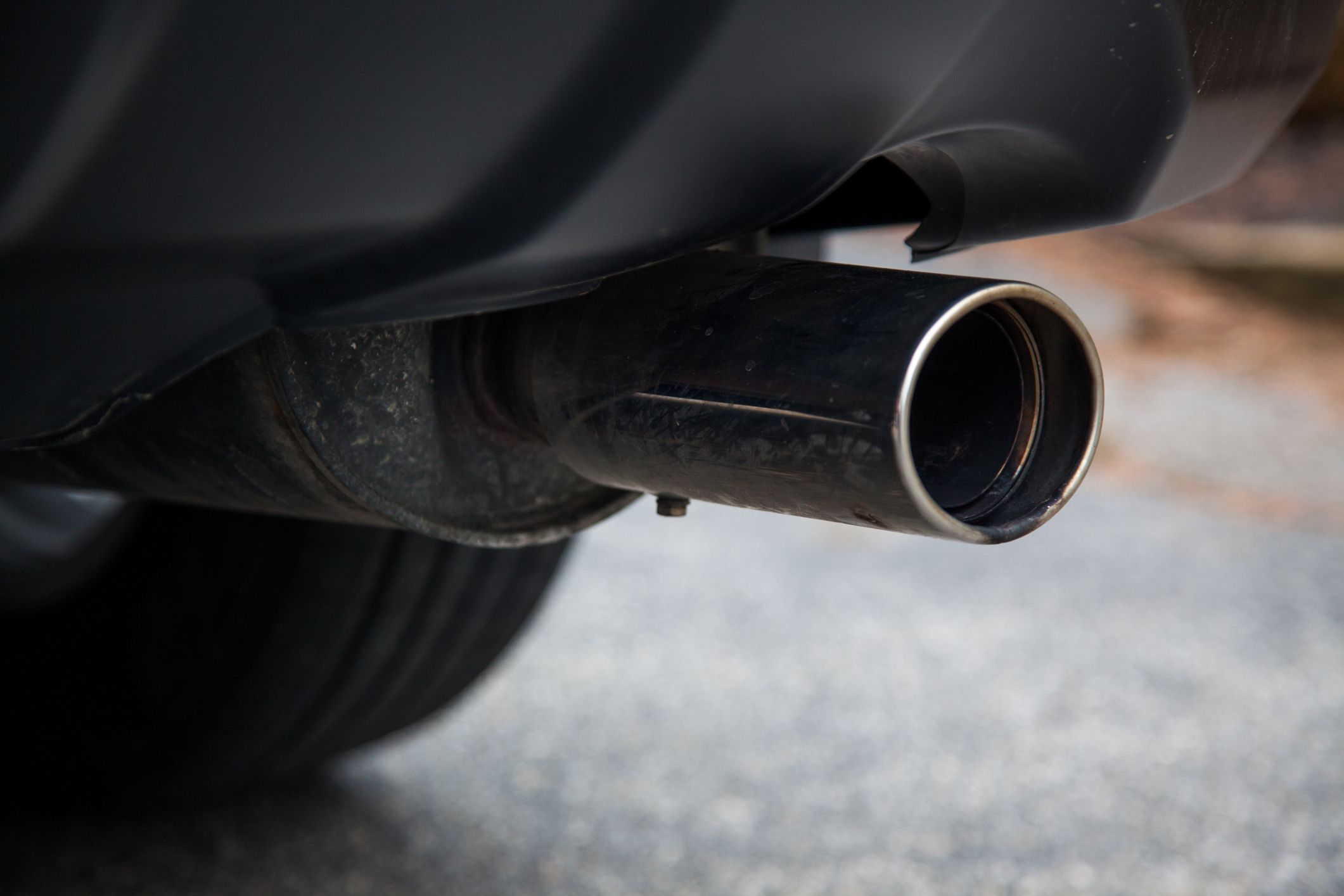
Sign up for our newsletter
Fill the Tires

Related: Tire Installation Cost Comparison: What’s the Best Place to Get New Tires?
Don’t Use the Parking Brake
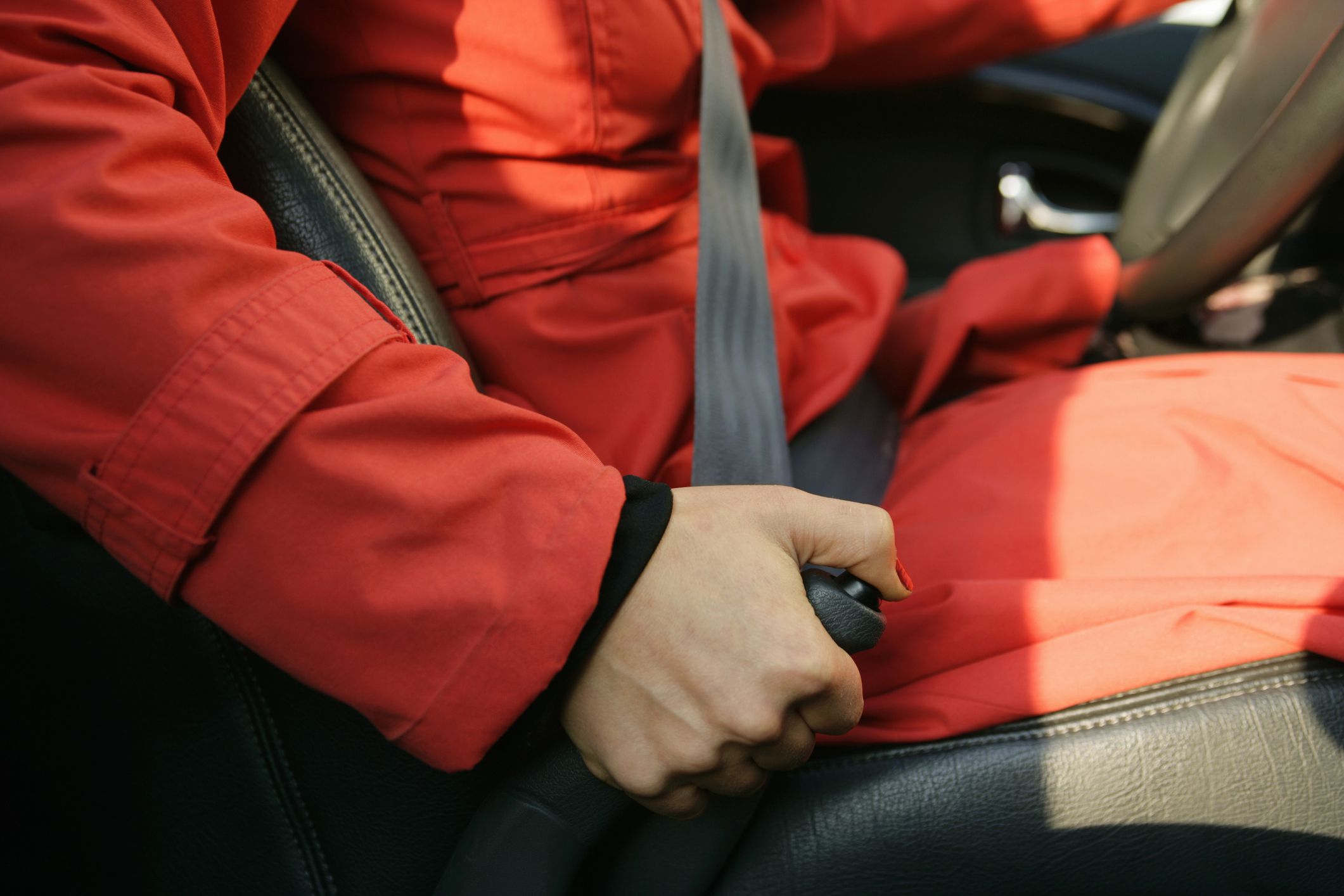
If you’re storing a car for a long time — more than one month, for example — don’t engage the parking brake. It’s possible for the brake pads to fuse to the rotors, which is bad news. If it’s necessary, get a set of cheap tire stoppers instead ($19 from Amazon).
Run a Quick Checklist Before You Hit the Road
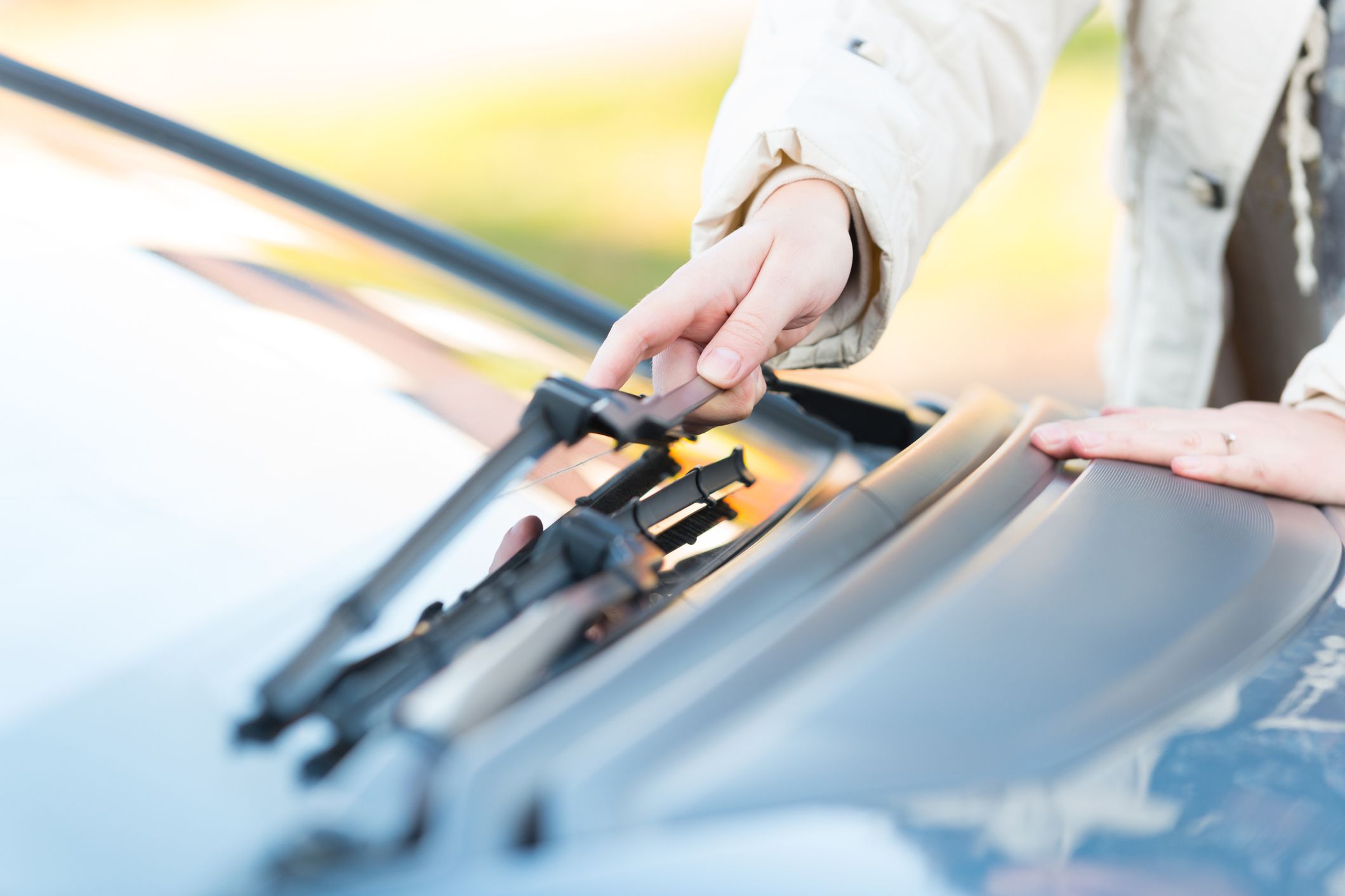
Once it is time to put your wheels back into action, follow a few steps before you hit the road. Check the tire pressure and inflate or deflate tires to the proper PSI. Make sure the windshield wipers aren’t dried out or cracked, check your fluids, and wash the car one more time. Finally, open the hood, look for rust, frayed or disconnected cables, and any evidence of rodent or pest damage.
